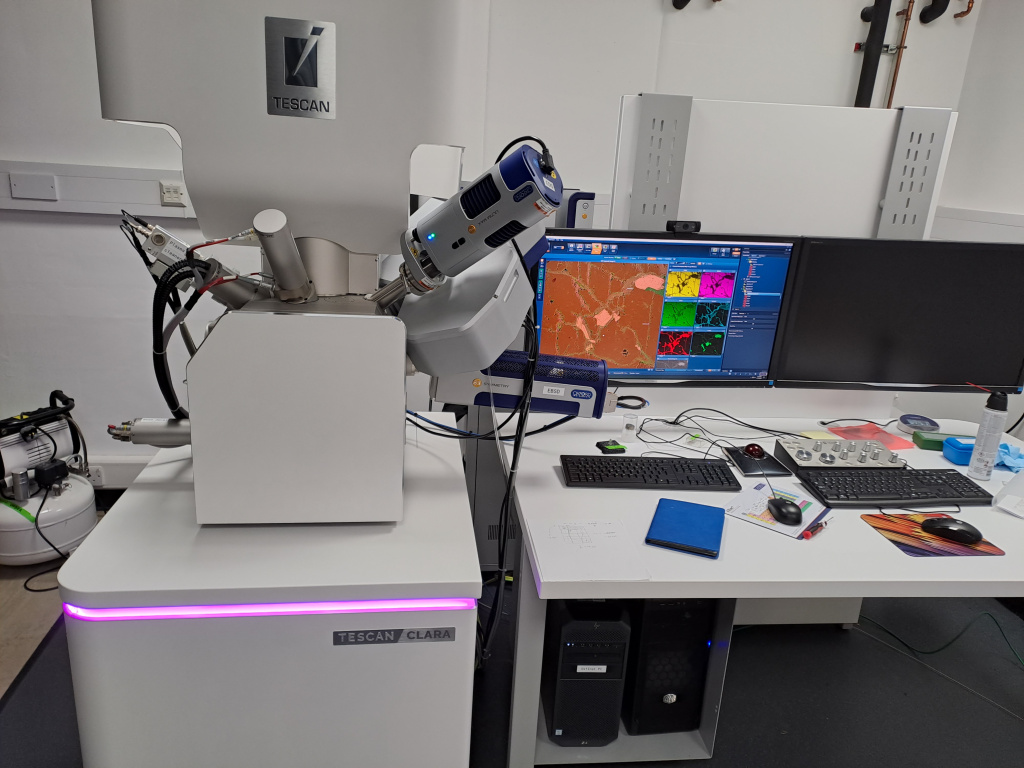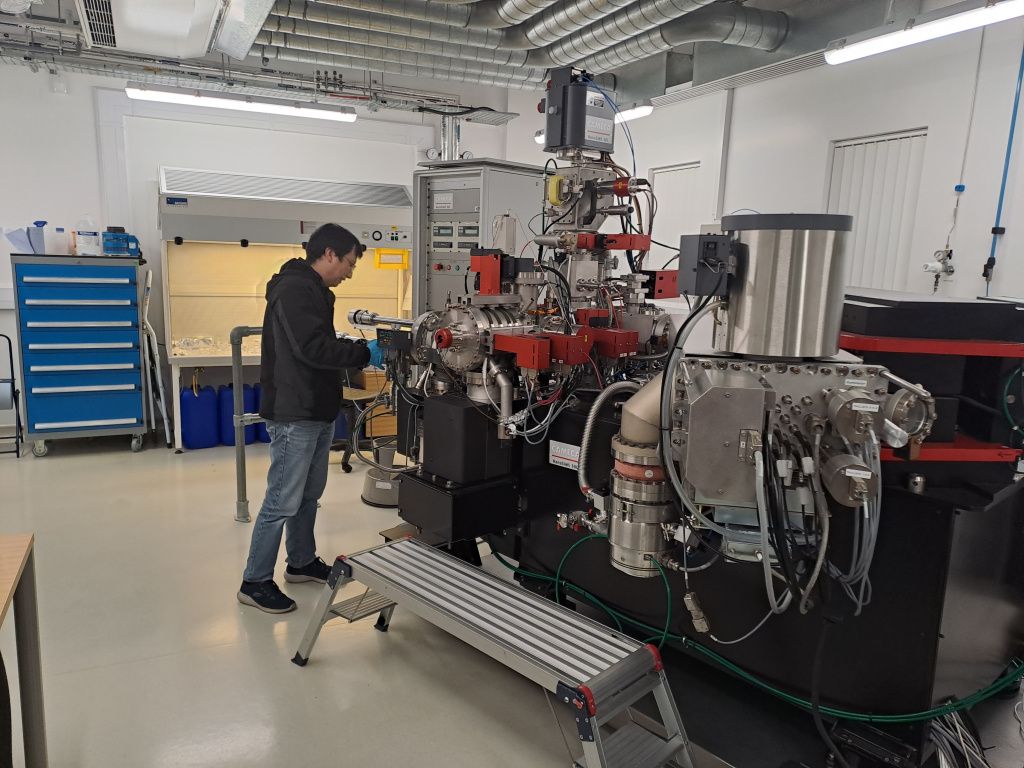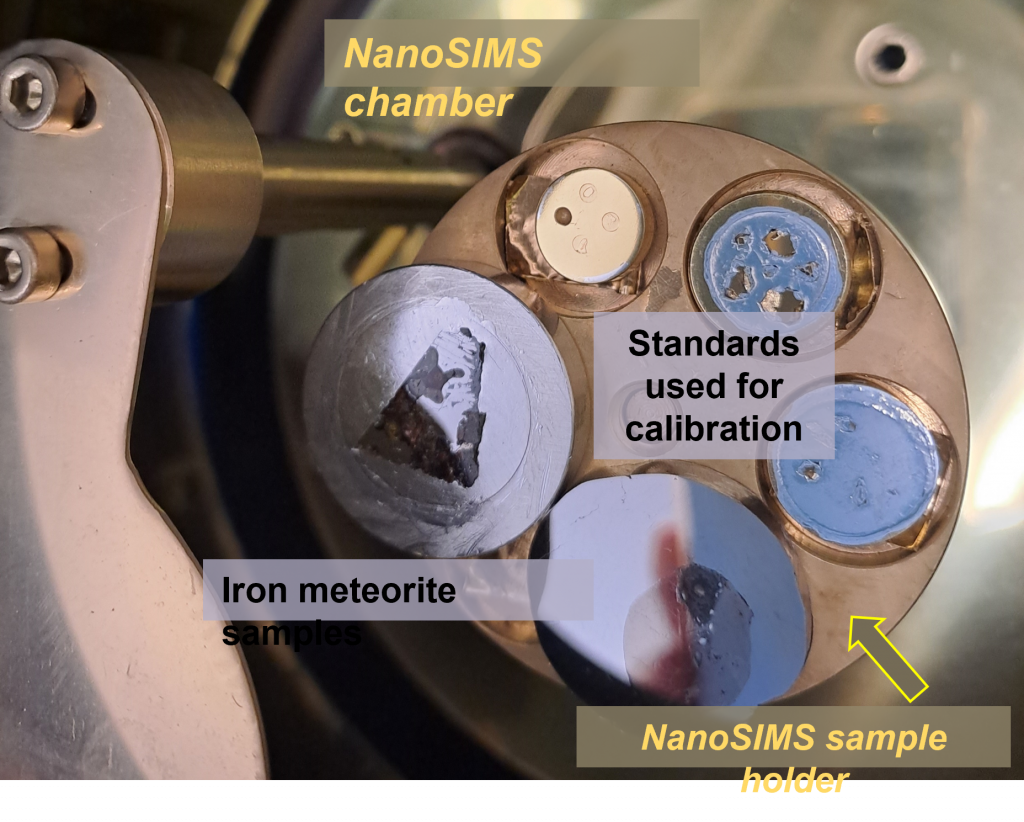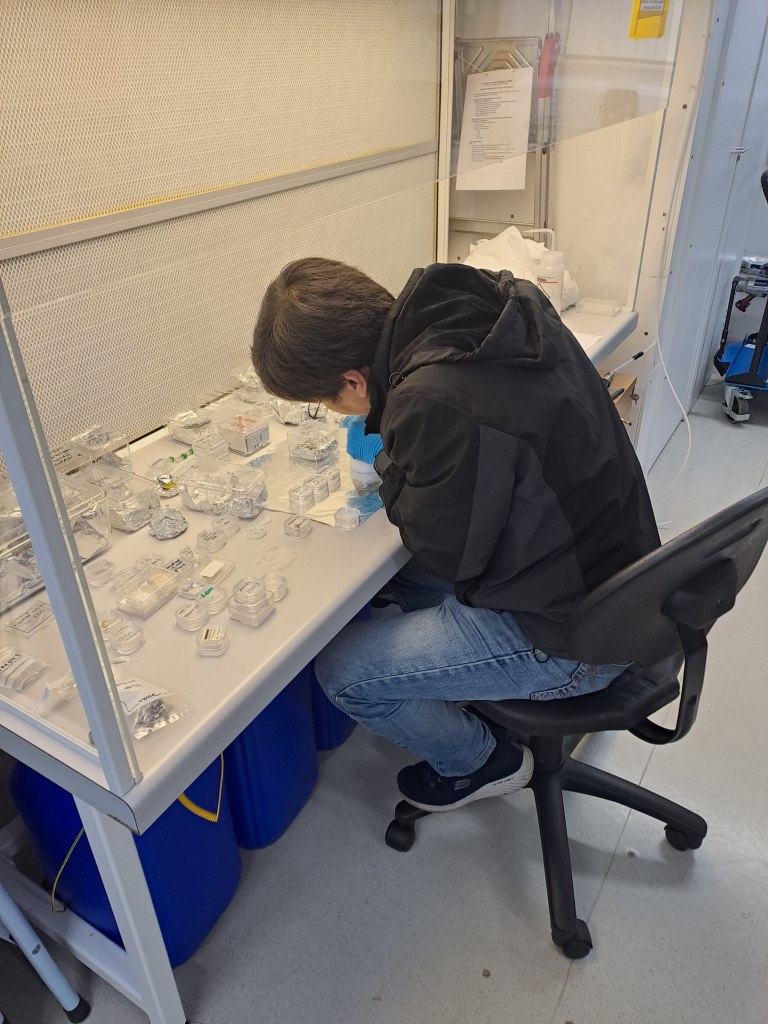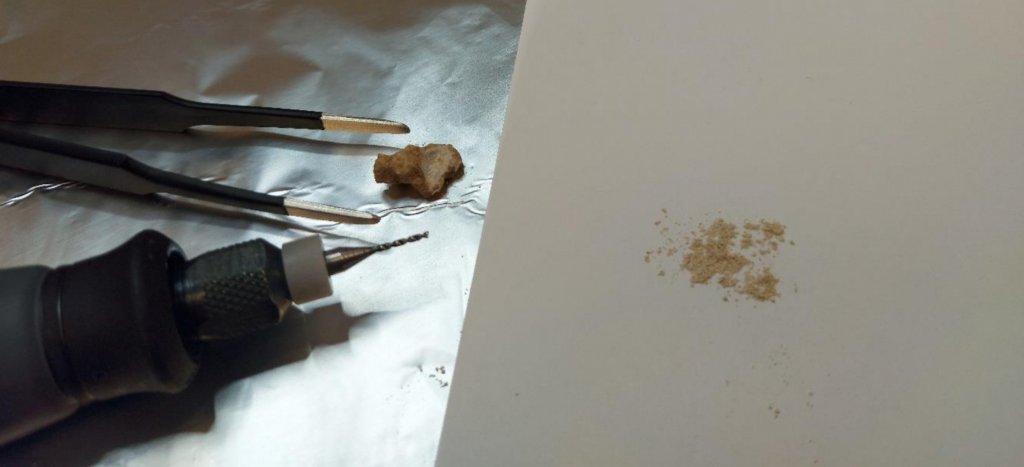22-EPN3-088: Scrutinising bio- and geo-signatures in support of the Raman interpretation of space missions data
Visit by Ana de Dios Cubillas, CSIC-INTA (Spain) to TA2.19 Center for Microbial Life Detection, Medical University Graz (Austria).
Dates of visit:17 – 28 April 2023
Report Summary: This project is devoted to investigate geo- and biosignatures that can be preserved in mineral assemblages formed in extreme aqueous terrestrial environments. Environments such as subaerial hot springs that could had existed on early Mars, and cold-seep marine environments that can develop in icy-moon oceans are particularly interesting for astrobiology. In order to achieve this goal, we use information obtained by Raman spectroscopy and SEM/EDX microscopy.
Raman spectroscopy is a recently incorporated analytical technique in the payload of several space missions: SHERLOC@Perseverance, Supercam@Perseverance, RLS@ExoMars and RAX@MMX. It is based on the scattering effect generated by the interaction of photons with the electron density of the chemical bond of a molecule. The position and width of the Raman bands give information on the structure, chemical and isotopic composition and crystallinity of mineral. Studying changes in Raman frequencies allows to evaluate the biological or inorganic origin of the sample. This methodology is relevant for the in-situ identification of geo- and bio-signatures in soil/rock samples collected during space missions.
Several bio-mediated minerals sampled from several hydrothermal and cold-seep areas were characterised by micro-Raman spectroscopy coupled with scanning electron microscopy (SEM/EDX). Obtained Raman spectrum was correlated with its texture in order to identify patterns that would allow us to assess the biological or inorganic origin. We observed Raman band shifting and width changes. These results should be complemented by further experimental work to determine the involvement of bio-mediation processes.
Read the full scientific report, with kind permission by Ana de Dios Cubillas.

